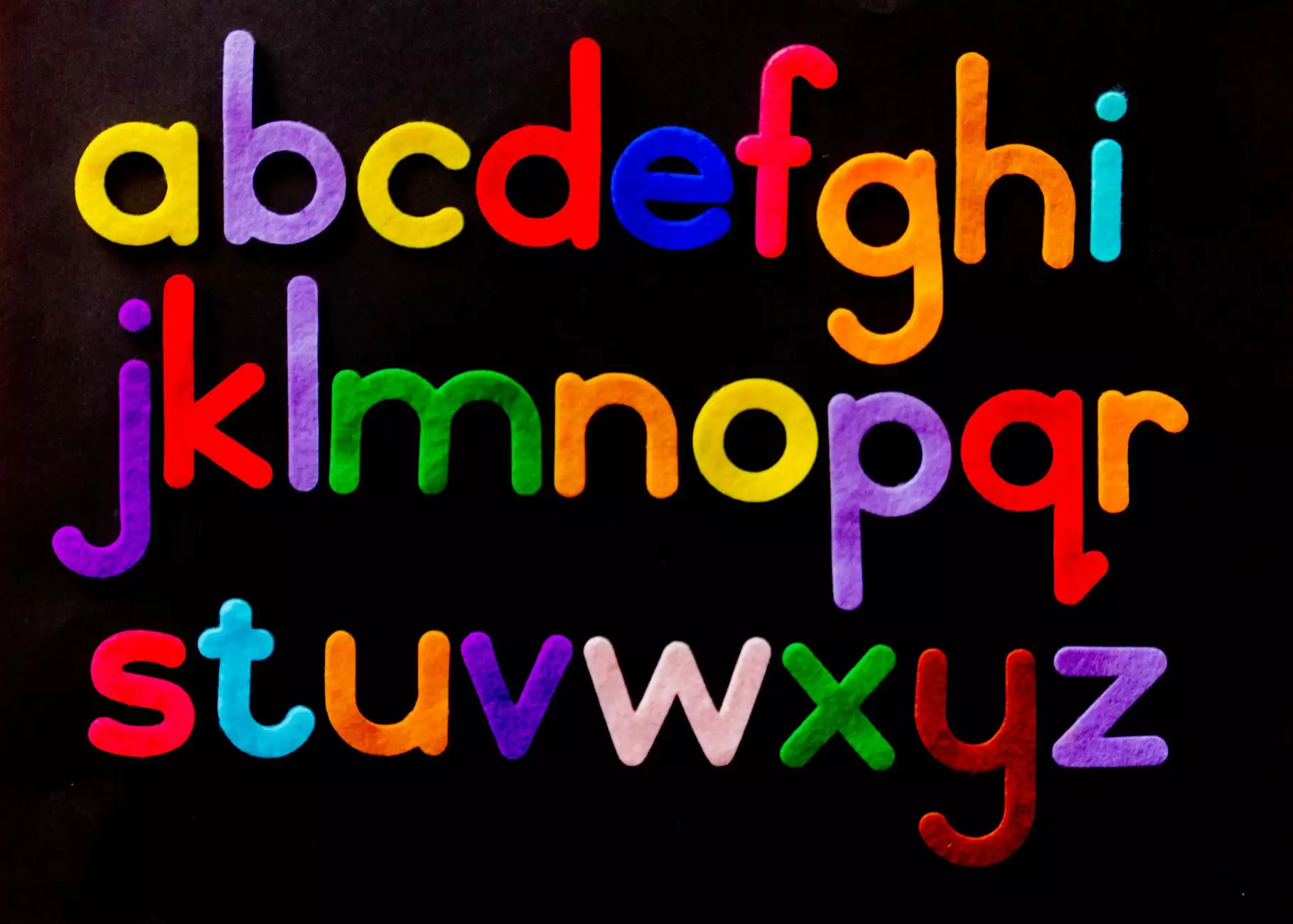Brand Strategy, Brand Identity, and Logos - How are they different
Articles
Introduction
In the ever-evolving world of business and consumer services, having a strong brand is paramount to success. A brand is more than just a logo - it represents the essence of a company, its values, and the promises it makes to its customers. In this article, we will explore the key concepts of brand strategy, brand identity, and logos, and how they differ from one another.
Brand Strategy
Brand strategy is the foundation upon which a successful brand is built. It involves defining the purpose and goals of a brand, understanding its target audience, and outlining the unique value proposition it offers. A well-crafted brand strategy serves as a roadmap for all brand-related decisions, from marketing campaigns to customer experiences.
The Importance of Brand Strategy
Effective brand strategy helps businesses differentiate themselves in a competitive market. It ensures consistency in messaging and positioning, enabling customers to easily recognize and connect with the brand. A strong brand strategy also fosters trust and loyalty, as customers are more likely to choose a brand that aligns with their values and meets their expectations.
Brand Identity
Brand identity is the visual representation of a brand. It encompasses the design elements that make a brand instantly recognizable, such as the logo, colors, typography, and imagery. Brand identity is crucial in creating a memorable and consistent brand image.
Developing a Strong Brand Identity
Creating a strong brand identity requires thorough research and careful consideration. It involves understanding the target audience, industry trends, and competitor analysis. A brand identity should reflect the core values and personality of the brand while also resonating with the target audience. Consistency across all visual touchpoints is essential for establishing a strong brand identity.
Logos
A logo is a specific element of a brand identity. It is a graphical representation of a brand, often consisting of a symbol, wordmark, or combination of both. A logo serves as a visual shorthand for the brand and plays a vital role in brand recognition and recall.
The Role of Logos
A well-designed logo can communicate a brand's identity and values effectively. It should be simple, memorable, and versatile, allowing for various applications across different platforms and mediums. The logo should also be scalable to ensure legibility at different sizes.
In Conclusion
In the world of business and consumer services, brand strategy, brand identity, and logos play crucial roles in building a strong and recognizable brand. While brand strategy sets the foundation and guides decision-making, brand identity and logos visually represent the brand and create lasting impressions. Understanding these concepts and their differences is essential for businesses looking to establish and grow their brands.
Further Reading
- The Importance and Implementation of Brand Strategy
- Developing a Strong Brand Identity to Stand Out
- Key Elements of Effective Logo Design










